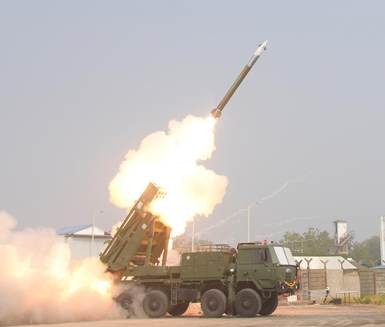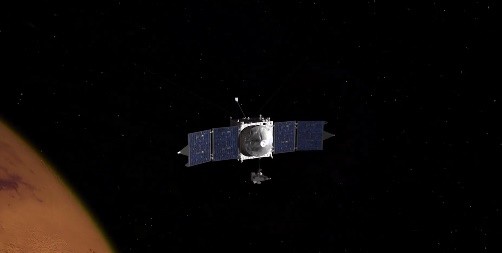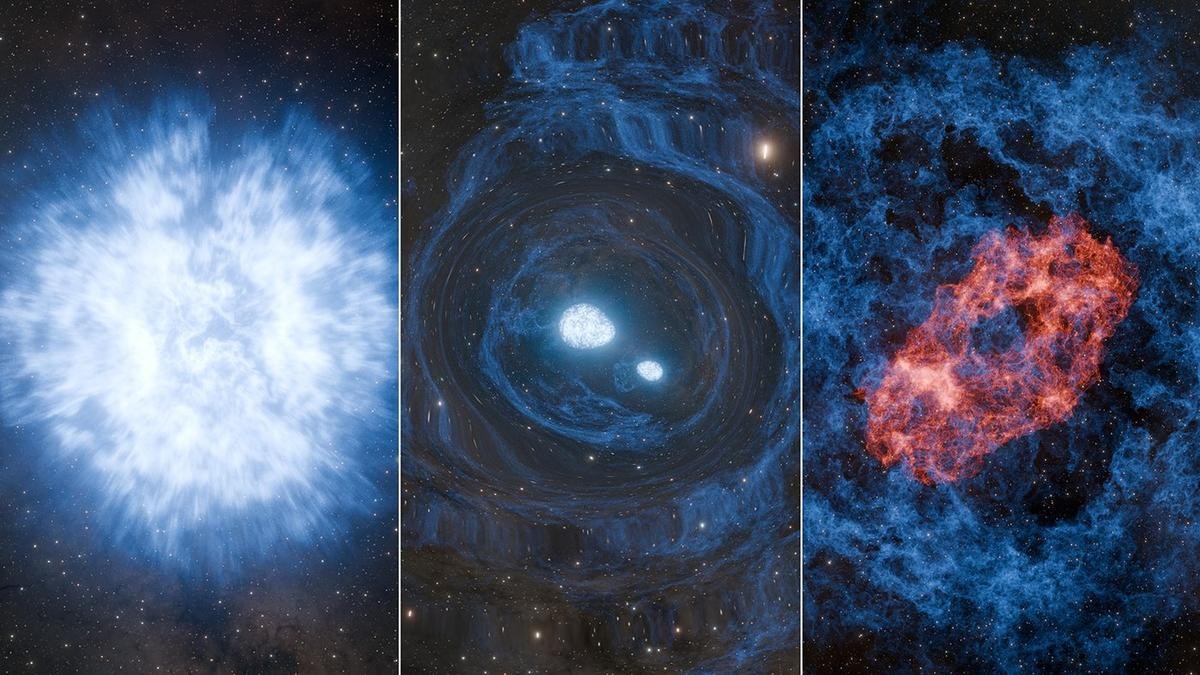



NASA’s GRAIL mission reveals why the Moon’s nearside, with dark lava plains, differs from the cratered farside. Earth’s gravitational pull, a thinner nearside crust, and hotter mantle with more radioactive elements fueled volcanic activity, forming mare, while the farside’s thicker crust blocked lava, preserving its rugged, cratered surface.

Copyright infringement not intended
Picture Courtesy: TIMESOFINDIA
NASA’s GRAIL mission uncovers why the Moon's near and far sides look so different, revealing internal asymmetry, volcanic activity, and crust variations.
The Moon has two sides—nearside and farside—show differences. The nearside, always facing Earth, have vast, dark plains called "mare," formed from ancient lava flows. The farside, hidden from view, appears rugged, littered with craters, and lacks the dark plains.
A NASA study, using data from the Gravity Recovery and Interior Laboratory (GRAIL) mission, indicates how the Moon’s internal structure, volcanic history, and Earth’s gravitational pull carve its opposite hemispheres.
NASA launched the GRAIL mission in 2011, sending two spacecraft, Ebb and Flow, to orbit the Moon. These spacecraft work together to map the Moon’s gravitational field with accuracy. They measure small changes in the distance between each other as they circle the Moon.
The changes, caused by variations in the Moon’s gravitational pull, indicate details about its interior—its crust, mantle, and hidden structures. The GRAIL mission’s data helps to understand why the Moon’s nearside and farside differ.
Tidal Deformation and Earth’s Pull
The Moon doesn’t orbit Earth in a perfect circle; its path is elliptical, bringing it closer and farther from Earth at different times. This causes tidal deformation, where the Moon stretches slightly under Earth’s gravitational influence. The nearside, always facing Earth, feels this pull more strongly. It flexes more than the farside, making its interior warmer and more active.
Volcanic Activity and Heat Imbalance
Billions of years ago, the nearside bubbled with volcanic activity, unlike the farside. Lava erupted, forming the dark, flat mare seen today. These plains differ with the farside’s cratered, untouched surface. The study confirms the nearside’s mantle holds more heat-producing elements like thorium and titanium. These elements make the nearside’s interior 100–200°C hotter than the farside’s.
Crustal Thickness and Surface Differences
The GRAIL data discloses the nearside’s crust is thinner than the farside’s. A thinner crust allowed magma to flow more easily to the surface billions of years ago, creating the mare. The farside’s thicker crust blocked such flows, leaving it scarred with craters. The thinner nearside crust also traps more radioactive elements, intensifying the heat difference between the hemispheres.
Must Read Articles:
Moon's age revised to 4.46 billion years
Source:
|
PRACTICE QUESTION Q. Critically examine the leading theories of Moon formation and evaluate which one is most supported by current scientific evidence. 150 words |









© 2026 iasgyan. All right reserved